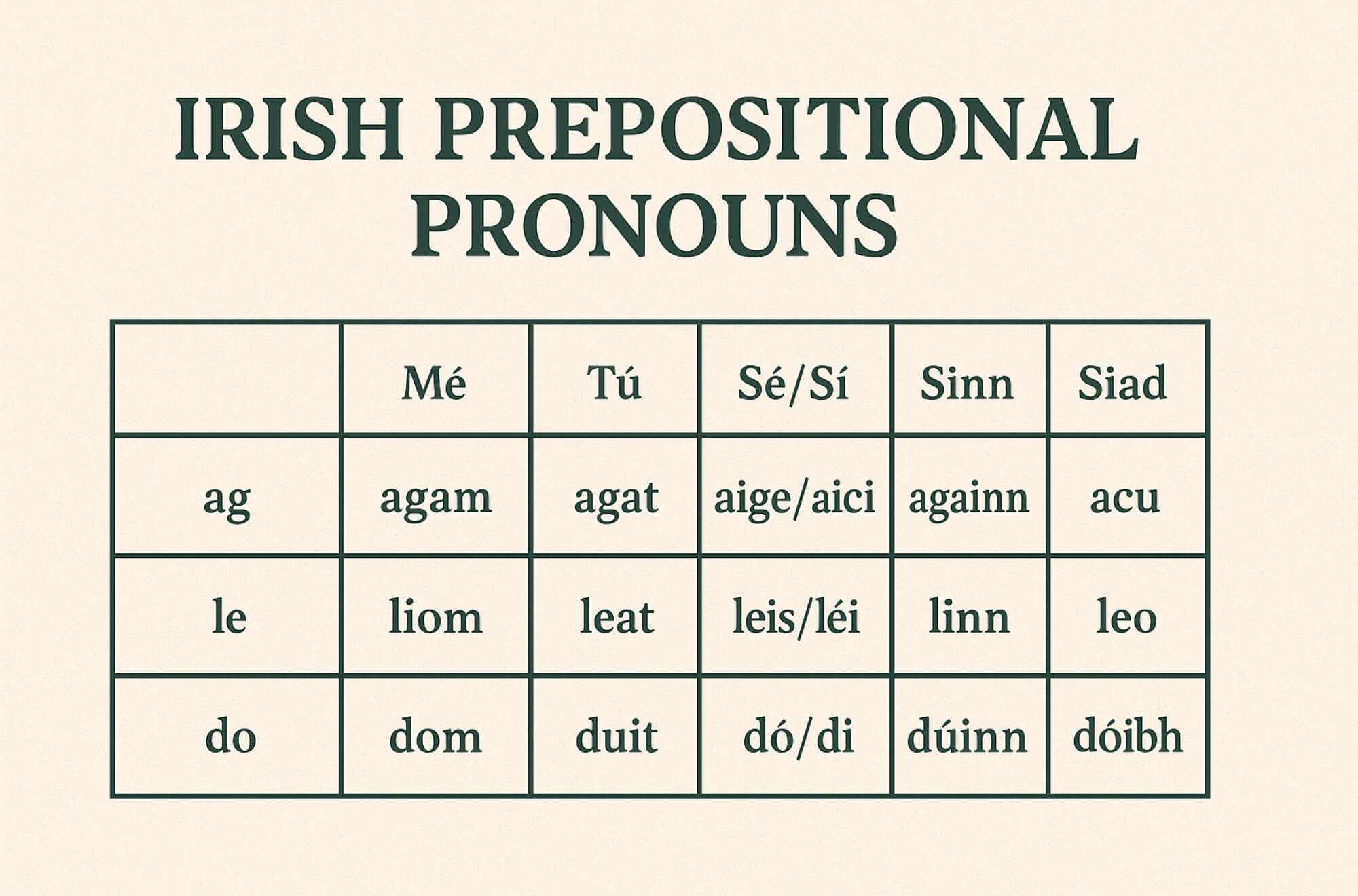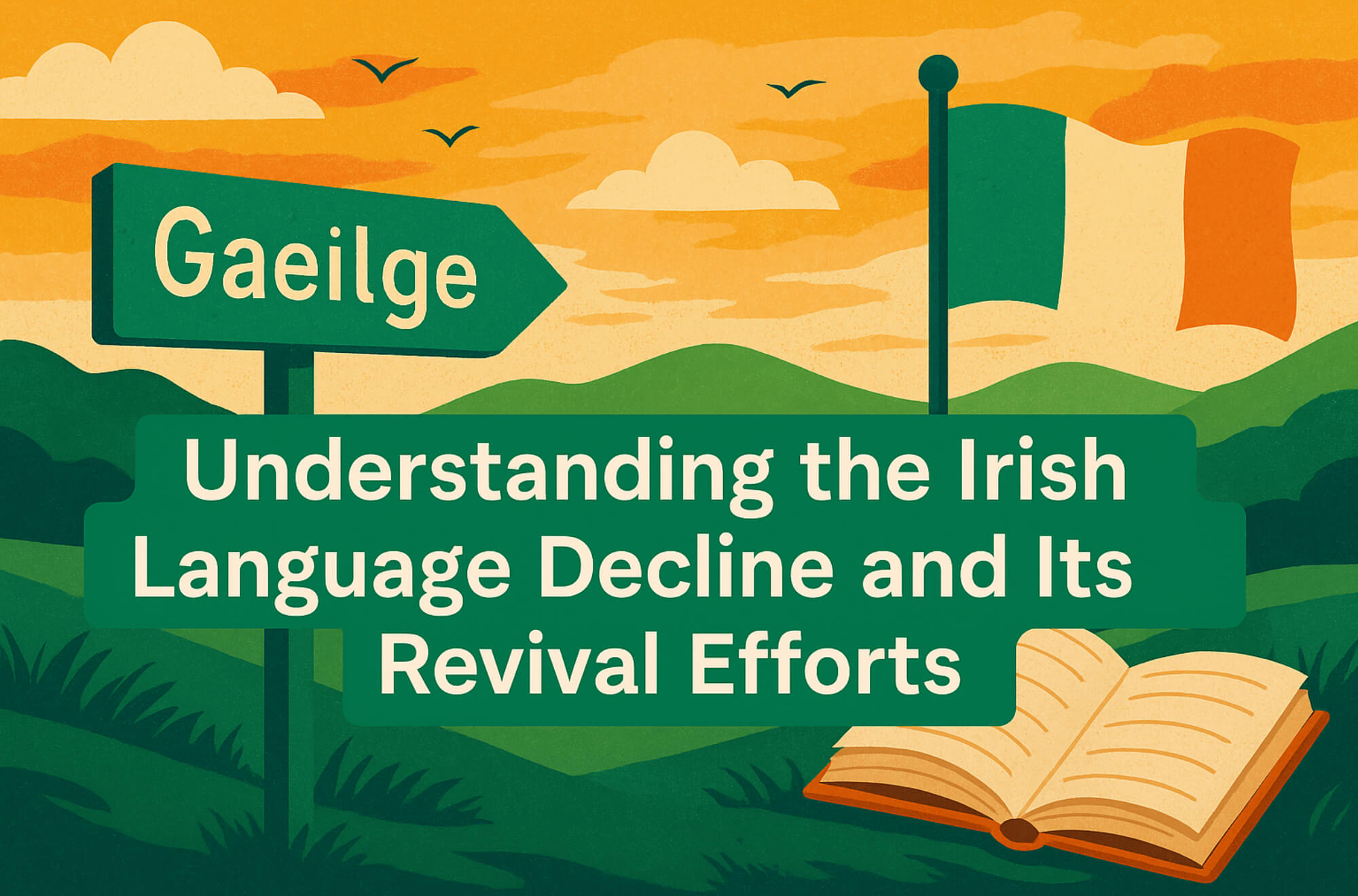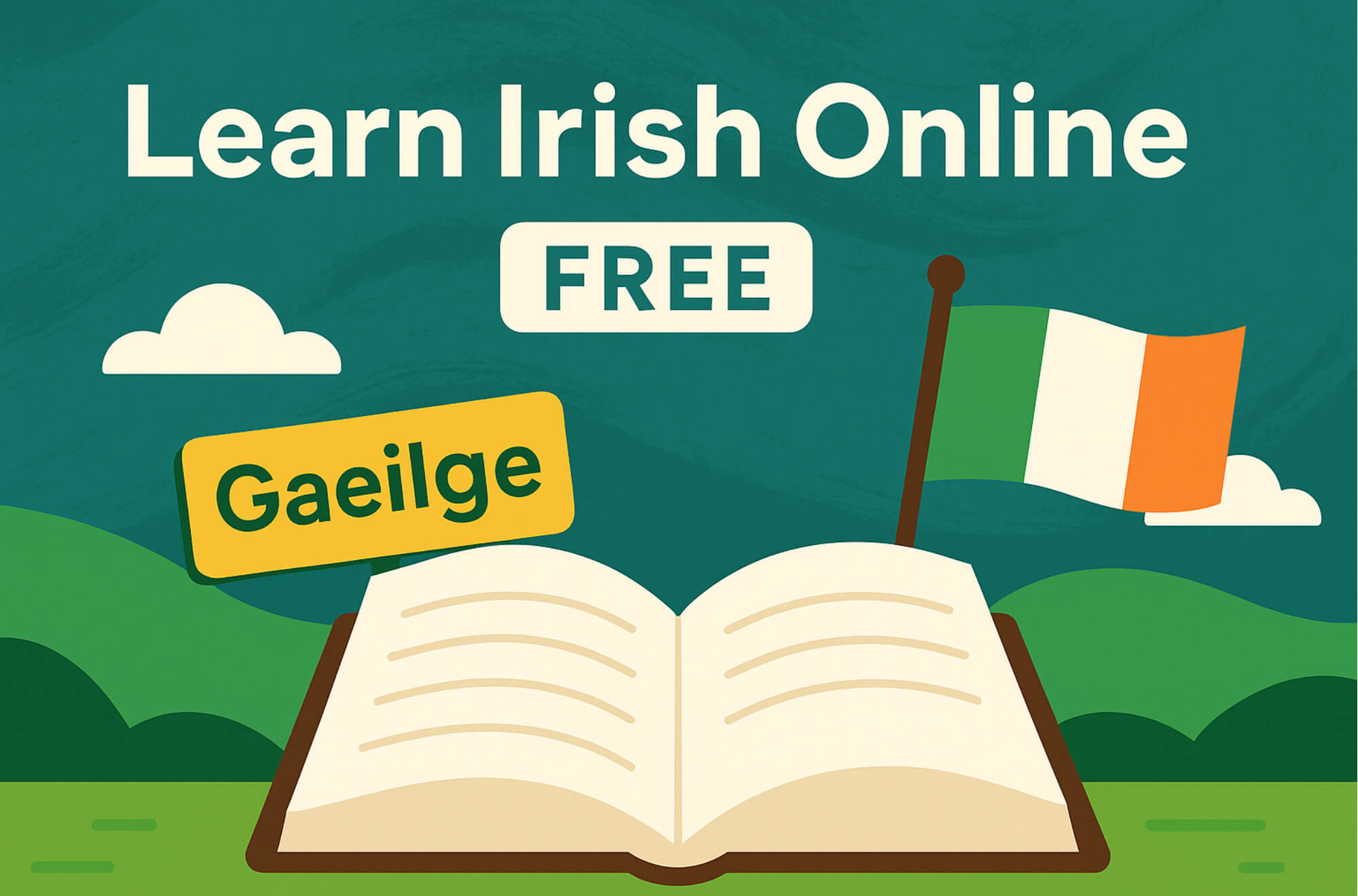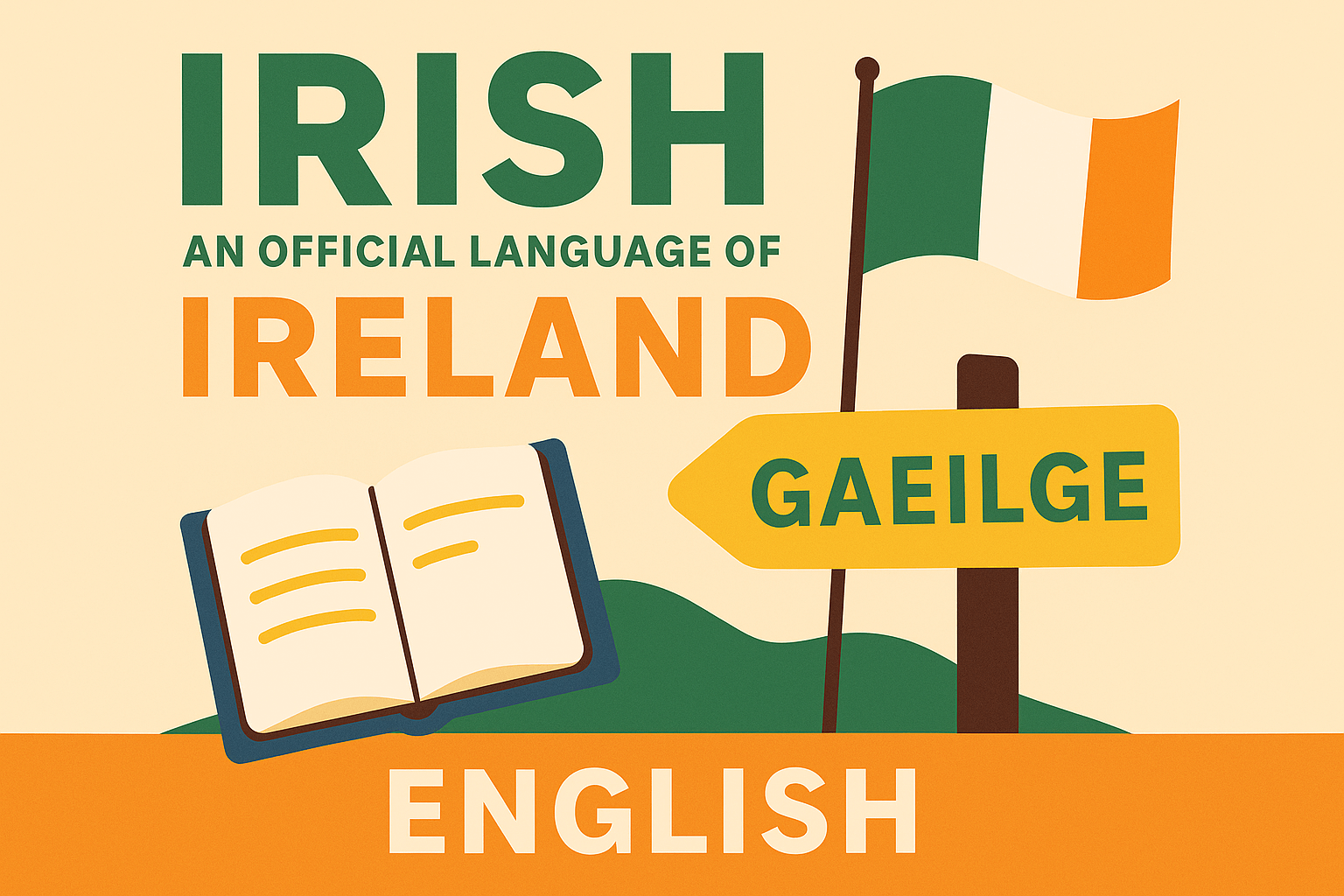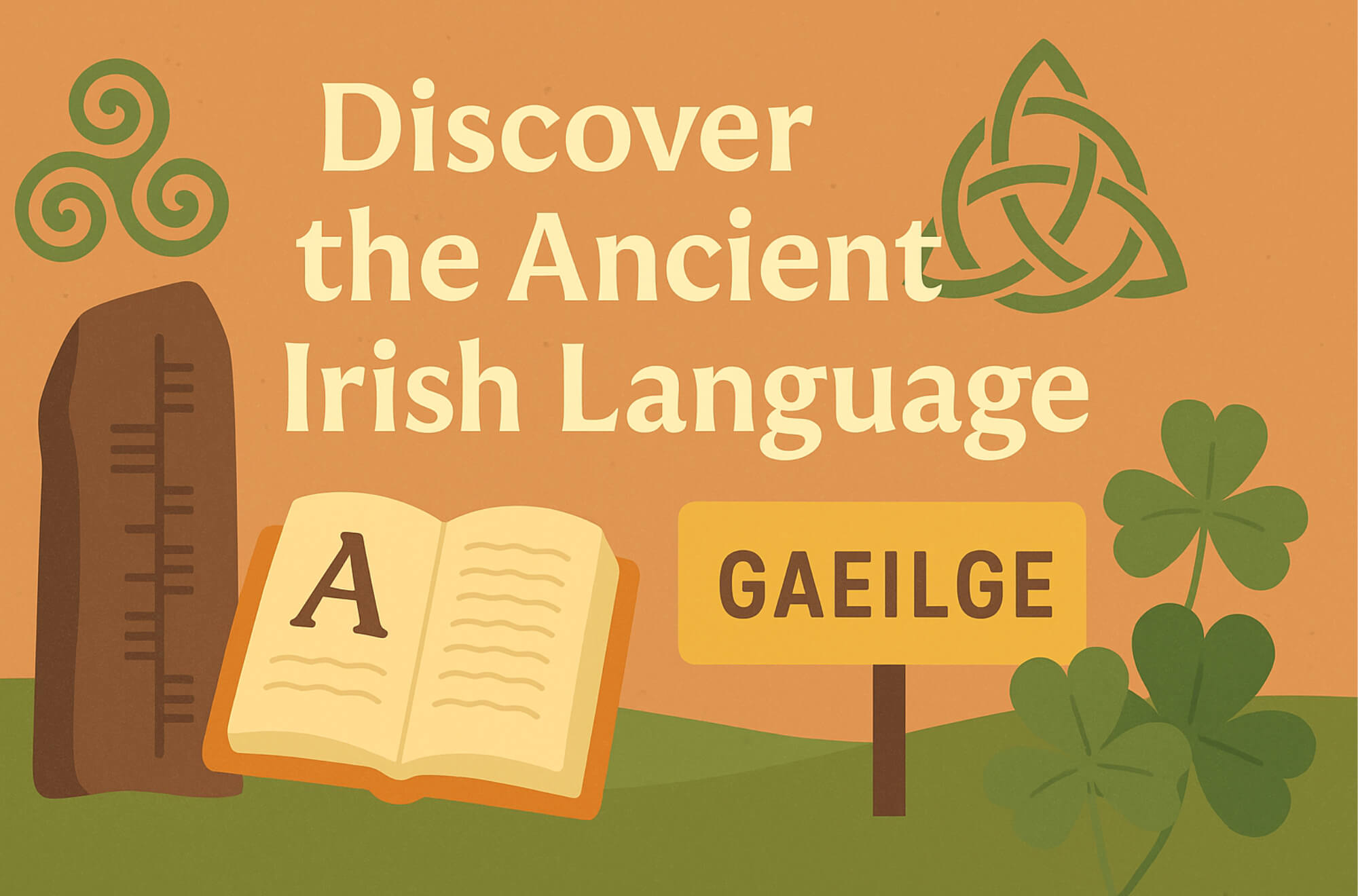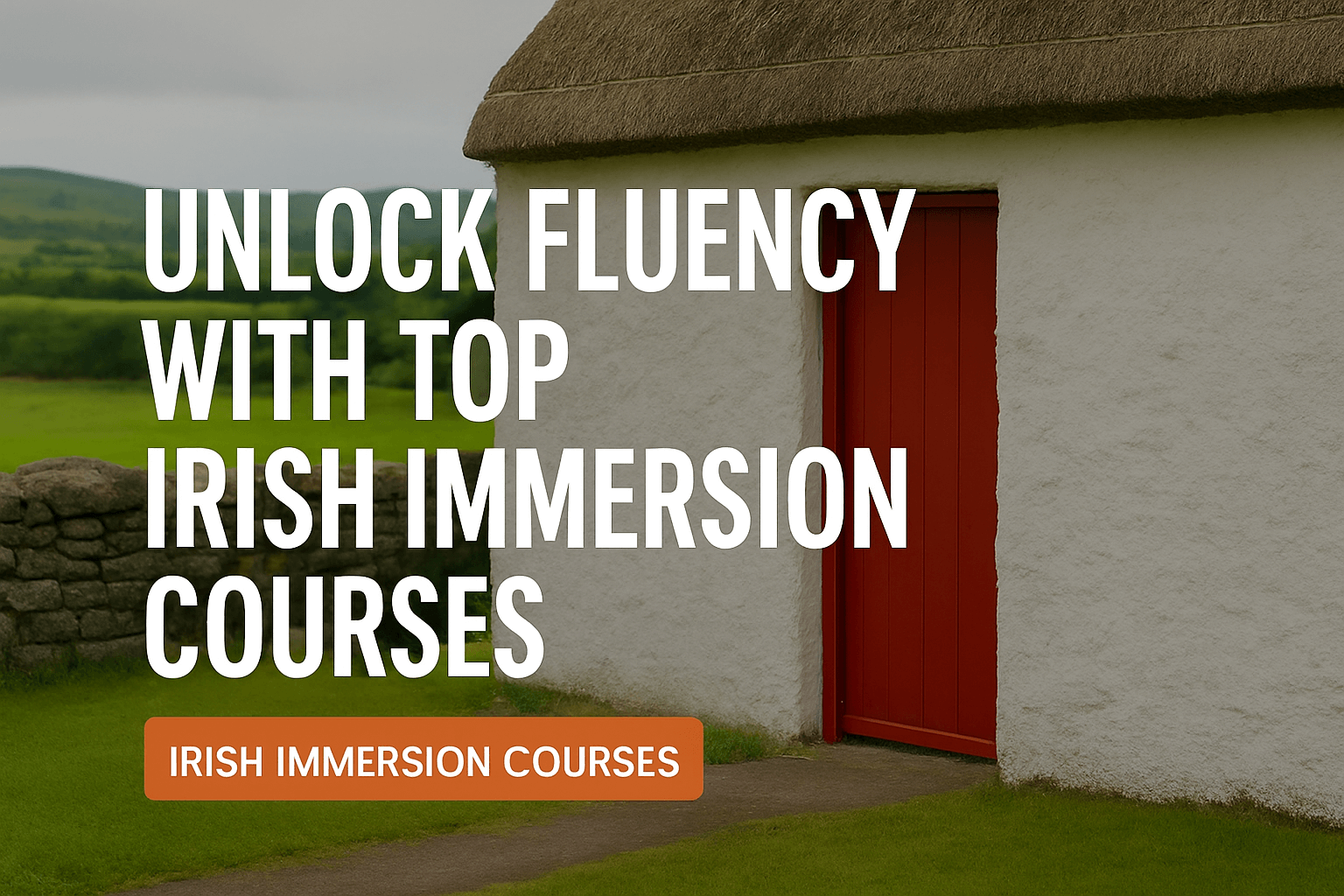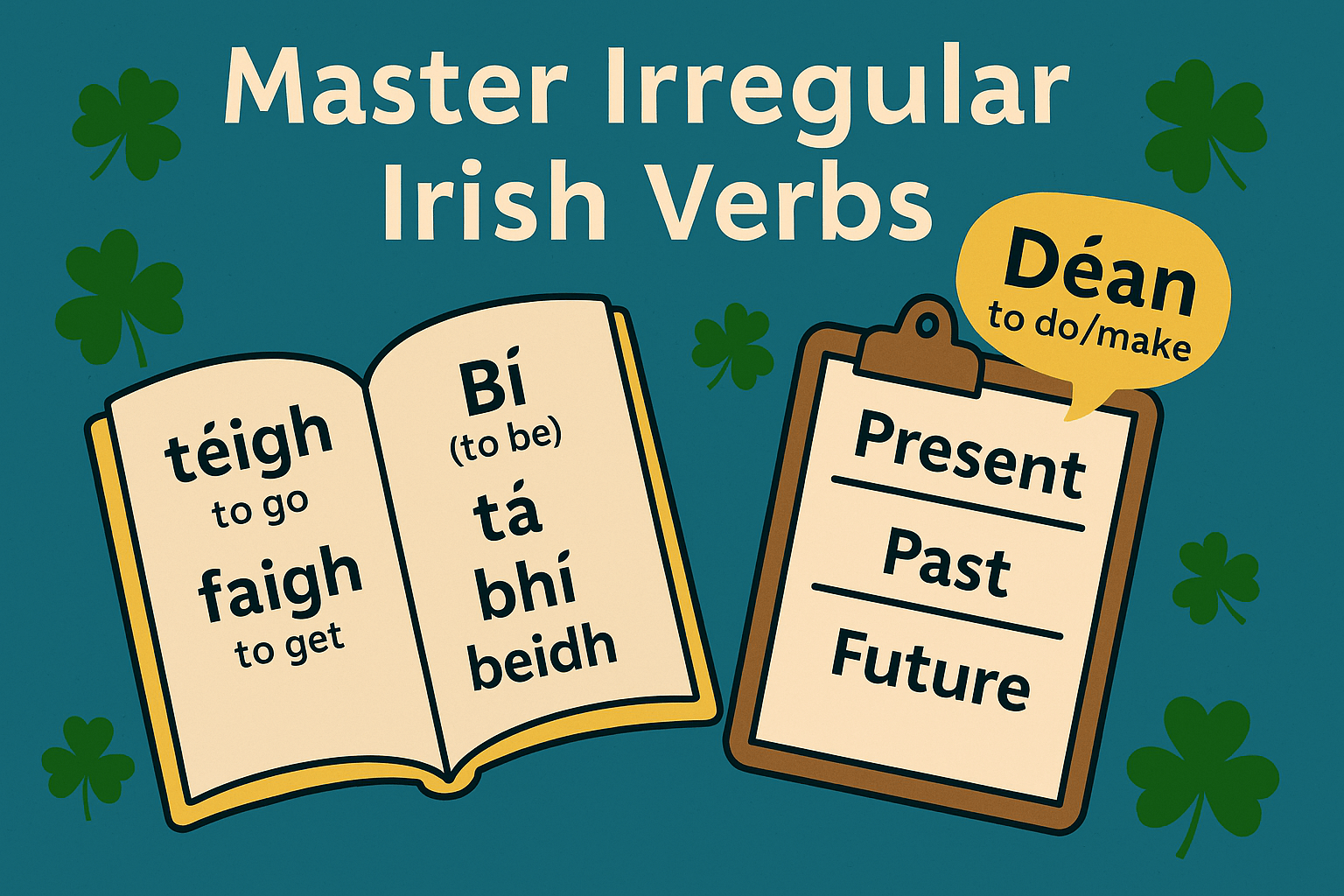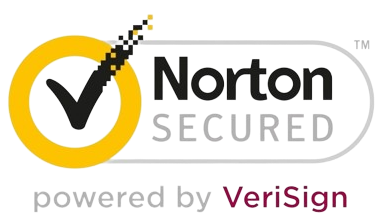The Irish language, or Gaeilge, is rich in unique grammatical structures, with prepositional pronouns being one of the most intriguing and essential components. For learners of Irish, understanding how to properly use prepositional pronouns can significantly improve both fluency and comprehension. While this concept might seem daunting at first, once grasped, it opens up a whole new dimension of expression in the language.
In this guide, we’ll explore Irish prepositional pronouns in-depth, break down their formation, usage, and provide helpful examples. Whether you’re a beginner or looking to refine your skills, mastering these pronouns is a key step toward becoming more proficient in Gaeilge.
What Are Irish Prepositional Pronouns?
Prepositional pronouns in Irish combine prepositions with pronouns to form a single word. Unlike English, where prepositions and pronouns stand separately (e.g., “to me,” “with him”), Irish often merges the two elements. These combinations reflect the preposition’s impact on the pronoun.
For example, in English, you might say, “I am going to the store” or “I am sitting beside her.” In Irish, these sentences would incorporate prepositional pronouns, resulting in forms like “Téim go dtí an siopa” (I go to the store) or “Tógaim léi” (I lift with her).
Understanding Prepositions in Irish
Before diving into prepositional pronouns, it’s essential to understand prepositions in general. Prepositions describe relationships between nouns or pronouns and other words in a sentence. They convey concepts such as direction, location, time, and manner.
Some common Irish prepositions include:
- ag (at)
- le (with)
- ar (on)
- do (to)
- ó (from)
- faoi (under/about)
In Irish, a preposition is often combined with a pronoun to indicate who is involved in the action or relationship.
How Irish Prepositional Pronouns Are Formed
Irish prepositional pronouns are formed by attaching a pronoun to a preposition. Each preposition has a specific set of pronouns that will combine with it. These combinations are generally consistent but can vary based on dialects.
Here’s a breakdown of how they’re formed for some common prepositions:
1. Preposition: ag (at)
- Mé (I) becomes agam (at me)
- Tú (you) becomes agat (at you)
- Sé/Sí (he/she) becomes aige/aici (at him/her)
- Sinn (we) becomes againn (at us)
- Siad (they) becomes acu (at them)
Example Sentences:
- Tá an leabhar agam. (I have the book.)
- Tá an peann agat. (You have the pen.)
2. Preposition: le (with)
- Mé becomes liom (with me)
- Tú becomes leitheid (with you)
- Sé/Sí becomes leis/leisí (with him/her)
- Sinn becomes linn (with us)
- Siad becomes leo (with them)
Example Sentences:
- Tá sé ag caint liom. (He is talking with me.)
- Tá siad ag obair leis. (They are working with him.)
3. Preposition: do (to)
- Mé becomes dom (to me)
- Tú becomes duit (to you)
- Sé/Sí becomes dó/dí (to him/her)
- Sinn becomes dúinn (to us)
- Siad becomes dóibh (to them)
Example Sentences:
- Tugaim an leabhar dom. (I give the book to me.)
- Tugaimid an fón duit. (We give the phone to you.)
When to Use Irish Prepositional Pronouns
In Irish, prepositional pronouns are used to show possession, direction, location, and relationships. For instance, “ag” can indicate where something is, and “le” shows accompaniment.
Key Usage Scenarios:
- Location:
- Tá an cat agam. (The cat is with me.)
- Tá an peann agat. (The pen is with you.)
- Tá an cat agam. (The cat is with me.)
- Direction:
- Téim go dtí an siopa. (I am going to the shop.)
- Tógfaidh mé é le tú. (I will take it with you.)
- Téim go dtí an siopa. (I am going to the shop.)
- Possession:
- Tá sé ag an múinteoir. (It is with the teacher.)
- Tá an mála ag Susan. (Susan has the bag.)
- Tá sé ag an múinteoir. (It is with the teacher.)
- With Verbs: Some verbs in Irish require the use of prepositional pronouns to indicate the object or direction of the action.
- Ceistím é le mo mhúinteoir. (I question him with my teacher.)
- Téim chuig an síob (I am going to the store.)
- Ceistím é le mo mhúinteoir. (I question him with my teacher.)
Tips for Mastering Irish Prepositional Pronouns
Mastering Irish prepositional pronouns takes practice, but with the right strategies, it can become second nature. Here are a few tips to help you on your journey:
- Practice with Flashcards: Use Irish language flashcards to match prepositions with their respective pronouns. This can help reinforce the connections between prepositions and their forms.
- Start Simple: Begin with basic sentences using prepositional pronouns. Gradually increase the complexity as you become more comfortable with the structure.
- Listen to Native Speakers: Immersing yourself in native Irish speech will help you recognize the correct forms of prepositional pronouns. Consider tuning into Irish podcasts, songs, or radio.
- Use Online Resources: Many online courses offer lessons specifically dedicated to mastering prepositional pronouns. Websites like Gaeilgeoir AI provide helpful interactive tools for learners at all levels.
How Gaeilgeoir AI Can Help You Learn Prepositional Pronouns
At Gaeilgeoir AI, we believe in the power of technology to make learning the Irish language more engaging and effective. Our platform uses AI-powered tools to help you master complex grammar concepts, including prepositional pronouns.
Whether you’re just starting out or looking to refine your skills, our platform offers personalized lessons, quizzes, and practice exercises tailored to your learning pace. With Gaeilgeoir AI, you can immerse yourself in interactive lessons that focus on real-life usage, helping you feel more confident when speaking and writing in Gaeilge.
Start your Irish language journey today with Gaeilgeoir AI’s interactive tools!
Conclusion
Mastering Irish prepositional pronouns is a crucial step in gaining fluency in the Irish language. By understanding how to form and use these combinations effectively, you’ll be able to communicate more naturally and expressively in Gaeilge. With dedication, practice, and the right resources, you’ll soon see improvement in your language skills.If you’re looking for more resources to enhance your Irish learning experience, check out our detailed guide to Irish language lessons and start practicing today.
